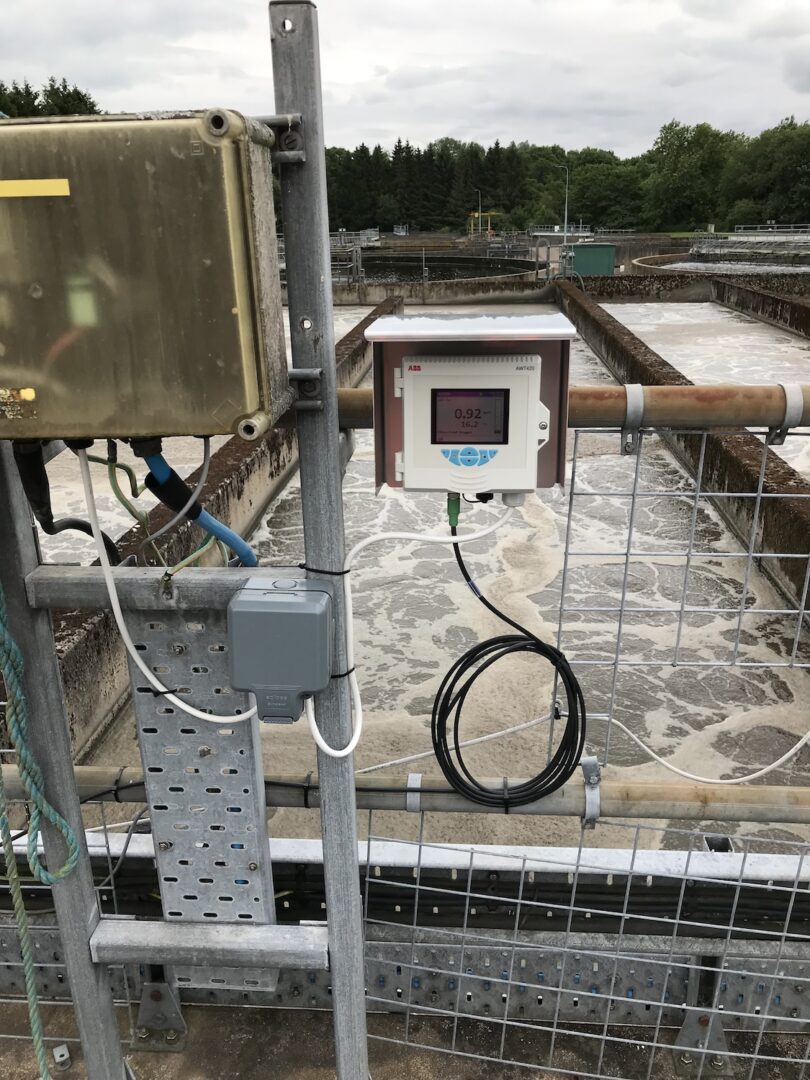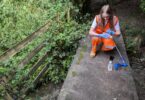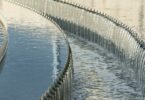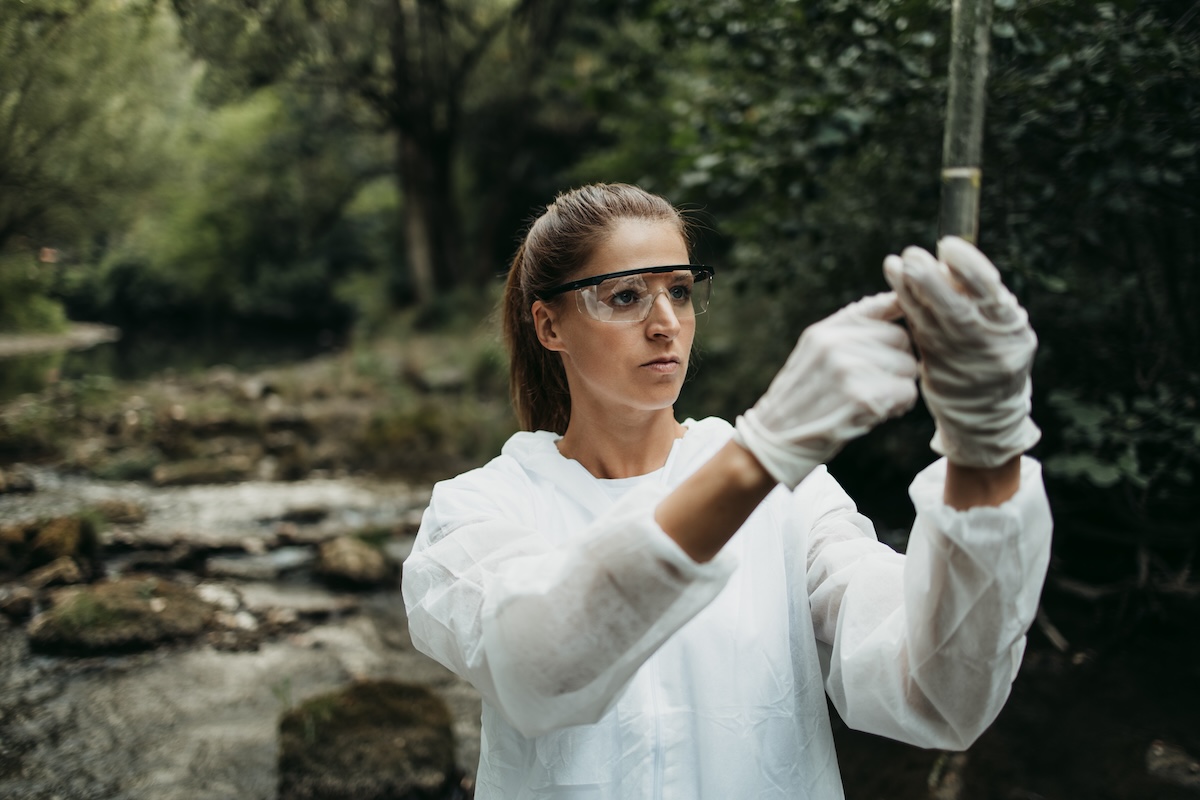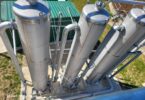For utilities and other industrial water users, digital transformation opens up new possibilities for managing water quality – whether that’s plant-wide or across entire distribution networks, explains Julian Edwards, Continuous Water Analysis Product Manager with ABB.

Julian Edwards, Continuous Water Analysis Product Manager with ABB
Digital transformation means many things to many people, from recruiting artificial intelligence to support improved customer service, to deploying robotic automation with the goal of boosting efficiency on production lines. It encompasses digitalisation in two ways, translating analogue information into digital form and also using digital technologies to change business processes.
While digital transformation can clearly affect an entire organisation, for utilities and other industrial water users, one way in which digital technologies can support change for the better is by making it easier to analyse and manage water quality and wastewater discharges more effectively – whether that’s plant-wide or across an entire distribution network.
Plug the skills gap
Industry is already experiencing a skills and recruitment squeeze in most developed economies and the situation is only getting worse as skilled workers continue to age out of the workforce. For example, the International Longevity Centre-UK (ILC) projected in 2022 that the UK economy could see a shortfall of 2.6 million workers by 2030*.
Digital solutions can help to bridge that gap.
Digital systems benefit significantly from the integration of smart devices across monitoring and control networks, as opposed to relying solely on basic analogue sensors and centralizing all data analysis in on-premise servers or the cloud. Unlike their analogue counterparts, the latest digital sensors offer on-board data storage and advanced communication capabilities. These features provide insights beyond the target parameter, such as pH/ORP, turbidity/total suspended solids, or dissolved oxygen, and include calibration data and self-diagnostic functions. This can help users optimize maintenance regimes and significantly reduce workload.
On-board diagnostics pave the way for condition monitoring and predictive maintenance. Instead of visiting each sensor according to a fixed maintenance timetable, engineers can opt to schedule a visit only when necessary. This delivers greater overall equipment availability and reduces maintenance costs at the same time, effectively reducing the total cost of ownership. It also improves the health and safety of maintenance personnel by reducing the need to travel for site visits or access hard-to-reach assets.
This contrasts with the maintenance requirements of an analogue sensor. An analogue pH sensor cannot provide an early warning notification to highlight where maintenance will be required, unlike those with digital diagnostic features, such as reference electrode monitoring (REM). These more advanced capabilities often spot emerging problems before they can lead to failure or even unplanned downtime across the wider process.
In addition, an analogue sensor can send an alarm if there is a fault, but without in-depth diagnostic information to go with it, an experienced engineer must take time to diagnose the problem and may not bring the right kit along to fix it first time.

Boost productivity
Organisations in every sector are under constant pressure to optimise operations and increase productivity. Figures certainly suggest that there is plenty of room for improvement. The UK’s output per hour worked was lower than that of France, Germany and the USA in 2021, while the average output per worker for the G7 nations (excluding Japan owing to lack of data and the UK) was also 16% above the UK level, according to the latest available figures from the Office for National Statistics (ONS)**.
Digital solutions can help maintain margins in the face of rising cost pressures, without impacting on performance.
In the case of utilities and industrial water users, making the switch from analogue to digital sensors makes it much easier to establish a comprehensive and reliable monitoring network, which in turn makes it easier and more cost effective to optimise water quality and operations.
Several different characteristics contribute to the overall ease of use.
First, onboard data storage supports factory calibration, so sensors are ready to go ‘out of the box’. Simply plug them into their associated transmitter. Many sensors still need regular recalibration throughout their lifespan. However, with the ability to store calibration data on board, they can be removed, recalibrated at a convenient time and location, and then reinserted to update the transmitter with the new data.
Second, the modular construction of digital probes also means that they can be plugged into transmitters without the fiddly wiring typically associated with setting up analogue instruments.
Third, the modular design approach also extends to accessories, which enable instruments to be mounted in a variety of positions. This means they can always be placed in the ideal spot to help optimise the process. Probes can feature dip, tank, open channel, flow-cell, chain, floating ball and live extraction options, for example.
Another factor that makes positioning sensors more straightforward is that digital signals are not as vulnerable to interference as analogue signals used by traditional sensors. This means that users can position digital sensors further away from transmitters using longer runs of cable without compromising accuracy.
Safeguard sustainability
While sustainability is clearly an important consideration for every organisation, utilities and other industrial water users are under enormous scrutiny in the UK, as regulators and the public demand improvements in the quality of any discharges. Digital solutions can deliver increased monitoring and analysis capabilities to help drive up water quality.
Advanced communications also make it easier to integrate sensors into wider monitoring and control systems. On-board communications to watch for include HART, Profibus, Modbus and Ethernet. And in a crossover from consumer electronics, Bluetooth may also be available for easy access via an app on a mobile device.
In addition, the advanced communications available with digital instruments provides visibility at a distance. This is clearly important for users, but it also gives companies an opportunity to build back trust by offering stakeholders, such as wild swimmers, surfers and anglers, the ability to check their local water quality in real time over the Internet.
Of course, openness and good communications must always be matched by effective cybersecurity measures, such as two-factor authentication.
Just as consumer electronics have become more user-friendly with increased sophistication, industrial suppliers are designing systems that are easier to use. For example, ABB’s next-generation digital instruments feature a common HMI architecture across the entire product range, with all the latest models using a common intuitive system of menus and hierarchies.
Despite all the changes we’re already seeing, we’re still in the foothills of the global digital transformation, with a most analysts agreeing that annual growth will top 20% over the next few years. In essence, this new industrial digital era creates an opportunity for utilities and industrial water users to enhance water quality management. By embracing these technologies, they can optimize operations, reduce costs, and meet sustainability goals, setting the stage for success in the digital future.
Related articles:
How using Ai in to improve water distribution



